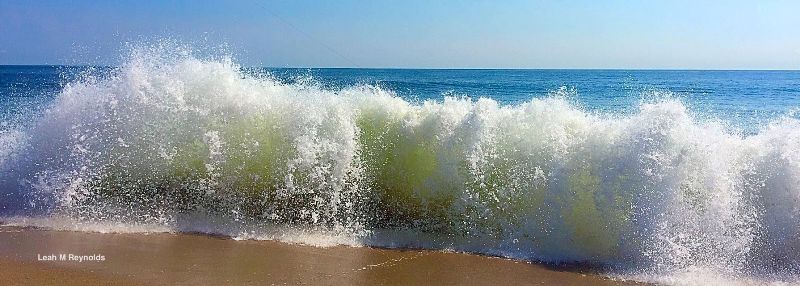Shore Break Responsible for One-Third of O.C. Surf Injuries
Shore break is when the waves pound directly onto a bare — or nearly bare — surf. This is caused by high tides with increased wave height that cause the waves to break on an exposed surf rather than on a larger body of water that would normally allow the waves to roll onto shore. People in the impact zone are frequently tossed onto the bare surf, causing many of the surf injuries each summer.

Capt. Butch Arbin of the Ocean City Beach Patrol spent the weekend crunching the numbers on surf-related accident reports from this past summer. He says up to this point, the patrol had 78 shore-break-related medical assists. That is about a third of the beach patrol’s total medical assists. Of those 78, he noted that 36 were first treated as head/neck/back injuries. The other shore-break injuries that are not head/neck/back are mostly upper arm, shoulder or knee injuries, or people who tumbled in the surf and want to be evaluated.
Four of the 36 were flown by medevac helicopter to trauma centers, including one this past Wednesday morning. Sixteen were taken by ambulance and the remaining 16 declined an ambulance to the hospital.
The shore-break injuries are distributed as follows, Capt. Arbin notes, with the larger surf and full moon in July and August impacting the totals in addition to the increased visitor population.
- May 2.6%
- June 6.4%
- July 29.5%
- August 61.5%
He said 60 percent of the injured were male. The average age is 32 but the range this summer was six through 79. The group most at risk, he points out, seems to be men over 40 years old. Capt. Arbin noted one study suggested that men over 35 should not body surf because of reduced flexibility in their spine.
He recommends people check with lifeguards to learn about current conditions and not to stand or play in the impact zone.
Photo courtesy Leah M. Reynolds


